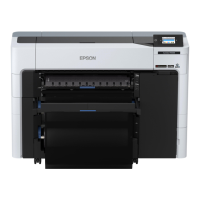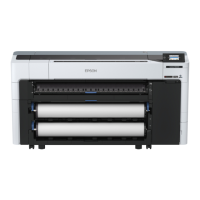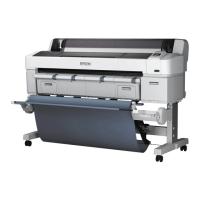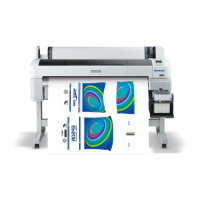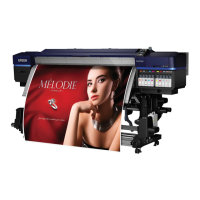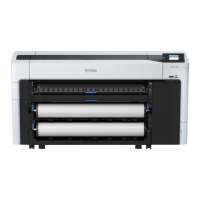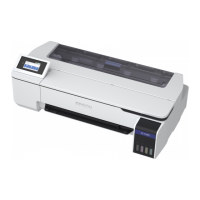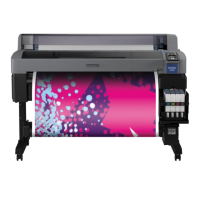About Digital Certication
❏ CA-signed Certicate
is is a certicate signed by the CA (Certicate Authority.) You can obtain it to apply to the Certicate
Authority.
is
certicate
certies
the existence of the printer is and used for SSL/TLS communication so that
you can ensure the safety of data communication.
When it is used for SSL/TLS communication, it is used as a server certicate.
When it is set to IPsec/IP Filtering or IEEE802.1x communication, it is used as a client certicate.
❏ CA Certicate
is
is a
certicate
that is in chain of the CA-signed
Certicate
, also called the intermediate CA
certicate.
It is
used by the web browser to validate the path of the printer's
certicate
when accessing the server of the other
party or Web Cong.
For the CA Certicate, set when to validate the path of server certicate accessing from the printer. For the
printer, set to certify the path of the CA-signed
Certicate
for SSL/TLS connection.
You c a n o b t a i n t h e C A
certicate
of the printer from the
Certication
Authority where the CA
certicate
is
issued.
Also, you can obtain the CA
certicate
used to validate the server of the other party from the
Certication
Authority that issued the CA-signed Certicate of the other server.
❏ Self-signed Certicate
is is a certicate that the printer signs and issues itself. It is also called the root certicate. Because the issuer
certies itself, it is not reliable and cannot prevent impersonation.
Use it when making the security setting and performing simple SSL/TLS communication without the CA-
signed Certicate.
If you use this certicate for an SSL/TLS communication, a security alert may be displayed on a web browser
because the certicate is not registered on a web browser. You can use the Self-signed Certicate only for an
SSL/TLS communication.
Related Information
&
“Obtaining and Importing a CA-signed Certicate” on page 64
& “Deleting a CA-signed
Certicate
” on page 67
& “Updating a Self-signed Certicate” on page 68
Obtaining and Importing a CA-signed Certicate
Obtaining a CA-signed Certicate
To obtain a CA-signed certicate, create a CSR (Certicate Signing Request) and apply it to certicate authority.
You can create a CSR using Web Cong and a computer.
Follow the steps to create a CSR and obtain a CA-signed certicate using Web Cong. When creating a CSR using
Web Cong, a certicate is the PEM/DER format.
1. Access Web Cong, and then select the Network Security tab. Next, select SSL/TLS > Certicate or IPsec/IP
Filtering > Client
Certicate
or IEEE802.1X > Client
Certicate
.
Whatever you choose, you can obtain the same certicate and use it in common.
Administrator's Guide
Advanced Security Settings for Enterprise
64
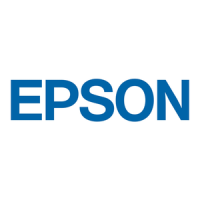
